The Lyric Feature: Kate Meyrick was a trailblazer: a business woman, a nightclub owner, a mother and a celebrity prisoner.
In spite of the fact that she made hundreds of newspaper headlines, there has never been a full-length documentary made of her life... until now.
Programme maker Zoe Comyns introduces us to Kate Meyrick, and why she was drawn to tell her story. Listen to Queen Of Nightclubs above.
Kate Meyrick's autobiography Secrets of the 43 was a must-read for anyone who wanted to know what the aristocracy were up to in London in the 1920s, or perhaps to find out if your own name had been mentioned. It also gives us a sense of the years that led up to her extraordinary nightclub career.
Born in Dun Laoghaire, she attended Alexandra College in Dublin and describes herself early in her memoir as:
"A thoroughly wayward child, I must be ever up and doing something. I felt shut up within the spiritual walls as well as material ones. I hated my lessons and would have none of them. Life was pressing down on me like a suffocating blanket. I climbed trees and tried to climb the walls."
Her early adult life was spent in ‘dull and dreary respectability’ living in Rathmines, then England, having eight children (six daughters, and two sons born between 1900-1914) with her husband Dr Ferdinand Meyrick. She worked with her husband to rehabilitate soldiers and nerve shock patients at her husband’s practice in Basingstoke.
As the First World War ended, it was clear that married life wasn’t working out. She and her husband separated and she went on to open and run some of the most famous clubs in London.
In post-war London, there was a pent up energy. People hadn't been able to go out, there was almost no nightlife whatsoever because of severe restrictions on opening hours of restaurants, theatres, and pubs.
Then, everything changed.
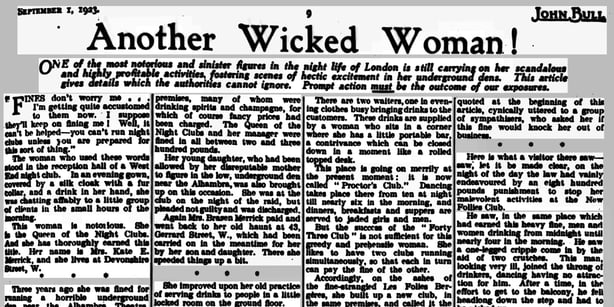
Meyrick was instrumental in creating a scene that gave Soho its roar in the 1920s.
Her most famous club was The 43 on Gerard St in London. She says:
"There were nights when the 43 might almost have been mistaken for an overflow meeting from the House of Lords. With princes, dukes, earls and countesses all moving in a lighthearted maze beneath the gay streamers and balloons. It's constant glitter, coupled with endless variety."
She speaks about the contrasts in clientele in the 43:
"A group of the aristocracy at one table, a group of bootleggers perhaps at the next. An artist of international repute with a world-famous actress at the table beyond, and after that, maybe even a clergyman or two."
Kate Meyrick was a very astute businesswoman. Her business model included training and employing dance instructresses. She trained them to be charming, beautifully dressed with excellent manners, and men (and there were many who came to her various premises), would pay them to dance, but also buy drinks and food. This was the era of the flapper, where women found new independence exercised for many through the vote and expressed through fashion, short bobbed hair, no corsets, hems to the knee) that allowed them to move and dance.
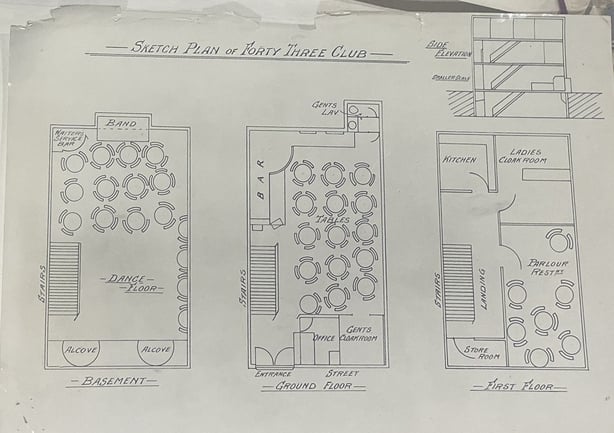
Meyrick's clubs were well known for their glamour, and getting into one held a certain cache. Once you were in, you danced and drank all night.
Post-war London is thought of as decadent and spirited but was actually quite a repressive place. The Conservative Home Secretary of the time, Joynson-Hicks, targeted Meyrick’s clubs; they stood in for all that was wrong about modern Britain in terms of debaucherous behaviour, alcohol and drugs. Licensing laws were strict (no drinks after 11pm) and the home office and police closed down clubs for flouting the licensing laws.

NOW BEING COSUMED IN THE LAVATORIES'
(An anonymous tip-off letter sent to Scotland Yard)
There was a big moral panic around drugs, cocaine use in particular, fueled by a couple of high-profile deaths of glamorous young women including Frieda Kempton, who was one of Mrs. Meyrick's dance instructors in 1922.
This caused shockwaves, and within a matter of days Kempton’s death prompted a media frenzy and brought Kate Meyrick further into the spotlight. Meyrick’s clubs were always being raided. Police compiled hundreds of surveillance files on her, the club and the people who went there.
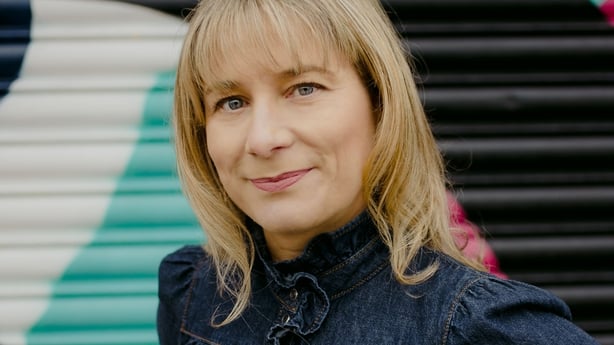
In October 1924, there was another raid on the 43 Club. More than forty men and women appeared in Bow Street Police Court and Kate was charged with selling intoxicating liquor without a licence and found guilty on 18th November, 1924. She spent three months in Holloway prison for her crime. This was to be the first of five prison sentences.
"Suddenly, and with a shock like that of the impact of icy water, come the judge's level tones, floating to me out of that misty distance. So now, Kate Merrick, I sentence you to six months imprisonment.
For the first time in my whole life. I am no longer free, but shut up, caged like some dangerous animal. I want to rave, to throw myself on those iron bars and force my way out to home and freedom."
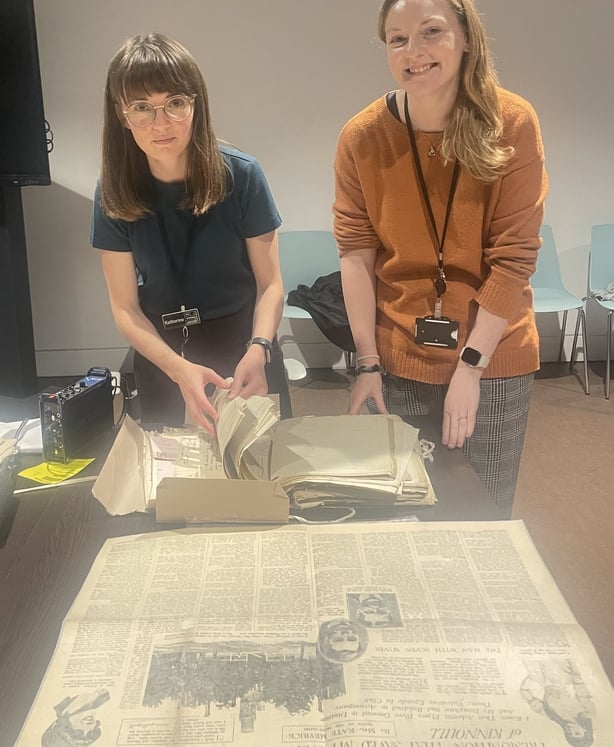
The National Archives in Kew holds stacks of records about Kate Meyrick - As part of the documentary, I went to the archives and met with Laura Robson-Mainwaring and Katherine Howells. They showed me the many boxes of files held on Kate Meyrick in their archives, including divorce petitions and newspapers articles (she made headlines several times over a decade).
The surveillance operation continued for many years.
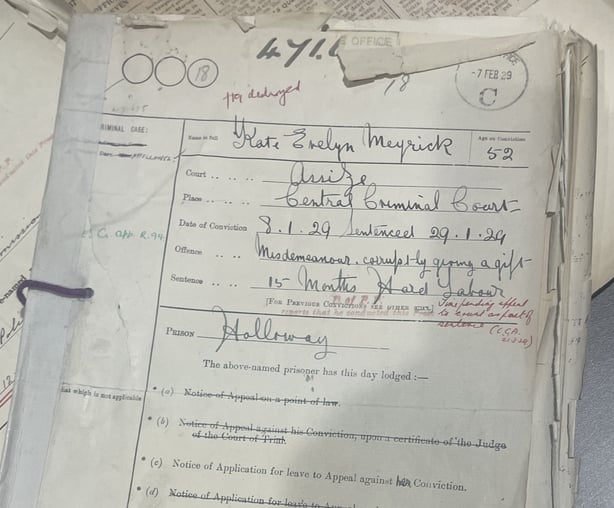
By 1928, Kate Meyrick came unstuck for the last time. There were increasing rumours and anonymous letters saying that Meyrick was bribing a police officer to protect her premises. She became linked with the financial affairs of Detective Sergeant Goddard, a member of 'C’ division. He was one of the policemen involved in many of the raids of Mrs Meyrick’s premises, dating all the way back to her first club Dalton’s in 1920.
The reason for Meyrick's downfall is simple; she's exposed for bribing Goddard, the police officer who on the surface has done so much to control and limit her business. However his glamorous lifestyle, house, car and bank account are really out of kilter with his salary as a police officer - most damaging is a trail of dirty money, numbered banknotes that link back to Kate Meyrick.
After a trial that lasted seven days and attended by hundreds of spectators, Meyrick was given 15 months hard labour. The trial was front-page news, and upon her release from prison a large crowd awaited her to celebrate her freedom.
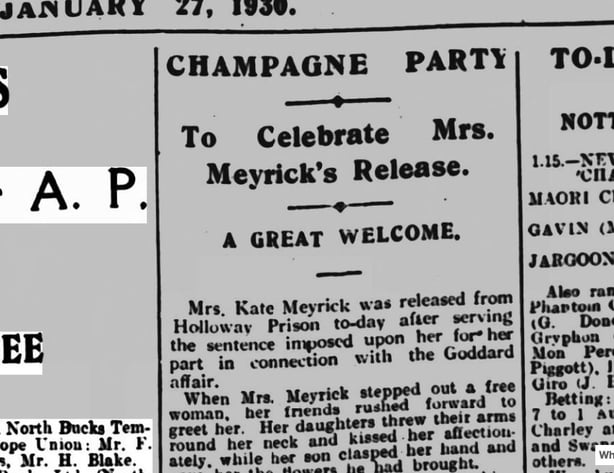
After she was released from prison she went back to work, but after a period of ill-health she died in January 1933.
To hear more about Kate Meyrick, tune in to Queen of Nightclubs - The Lyric Feature on RTÉ Lyric FM on Sunday 3rd March at 6pm, or listen back here.
